Week XII
Creative Solution
With this project, I aimed to increase the audience's familiarity with the showcased artists through an exhibition that explored their sense of self and identity. The exhibition is going to feature self-portraits of the painters who narrated their stories, while the viewers recognize themselves in the artworks. Self-portraits have always been a medium for self-expression, allowing artists to depict their emotions, experiences, and vulnerabilities, so I’m going to explore that power of self-portraits to establish a strong connection between the audience and the artists.
About the exhibition
To create something that may be unknown to the audience into something familiar, I plan to follow the design of other exhibitions I am using as reference, like Museo del Prado’s about Sofonisba and Lavinia in 2019 (El Prado, 2019), or Women Artists, 1550-1950, by Linda Nochlin and Ann Sutherland Harris. I am looking for the feeling of a young, and minimalist approach, to give the artists all the importance. Visitors will encounter a carefully curated sequence of self-portraits, accompanied by brief biographies. The names have to be the most important piece, presented in a big and bold way. The sequence is planned to take visitors on a journey, starting with the old master artists’ works and progressing towards more recent painters. This may provide a deeper understanding of the artists’ evolution and how our sense of self may have changed over time.
Name of the project
I finally picked the three that made more sense for the exhibition: Gazing At Them, Perceiving Ourselves; The Reframed Self; and Unveiling Their Portrait.
Specifications of the Project
I thought the selected names (still haven’t picked the one) would be attractive to my Target Audience: students of Art History between 18-25 years old, that are interested in museums, exhibitions, art and the revisionist analysis of its history. If they saw that in the street on their way to college, for example, maybe they would feel interested, and would want to visit the web and share the hashtag.
For the colour palette, I extracted those that were most used in the portraits of the artists and then named each colour with the name of the painter that had the most used it. They all combined very well in a palette that reminded me of a baroque painting. For the typography, I’m going for a combination of sans serif and serif, like the Neue Haas Grotesk for headlines and titles, and the Antonia for body copy.
Feedback
While Fiona understood the classical approach to an exhibition where I showcase mostly self-portraits, she encouraged me to consider alternative and unconventional approaches to the topic, with bolder and more shocking statements. I have to find another name that isn’t so academic and historic and make it more obvious, with direct and strong imagery.
Furthermore, she suggested me to broaden the target audience to include individuals of all ages and backgrounds, rather than limiting it to students. This will allow for a wider range of perspectives and experiences to be shared and explored in the exhibition since my main objective is for everyone to learn their names. They have to be walking in the street and feel attracted to or interested in the campaign.
About #5WomenArtists | National Museum of Women in the Arts (2023). Available at: https://nmwa.org/support/advocacy/5womenartists/.
Brooklyn Museum (no date). Available at: https://www.brooklynmuseum.org/opencollection/exhibitions/950.
Garrard, M.D. (1977) “‘Women Artists’ in Los Angeles,” The Burlington Magazine, 119(892), pp. 530–532. Available at: https://www.jstor.org/stable/878926.
Harris, A.S. and Nochlin, L. (1976) Women Artists, 1550-1950.
Historia de dos pintoras: Sofonisba Anguissola y Lavinia Fontana - Exposición (no date). Available at: https://www.museodelprado.es/actualidad/exposicion/historia-de-dos-pintoras-sofonisba-anguissola-y/5f6c56c8-e81a-bf38-5f3f-9a2c2f5c60eb.
Making History (no date). Available at: https://museumsvictoria.com.au/learning/making-history/.
McGivern, H. (2017) Uffizi to show more female artists. Available at: https://www.theartnewspaper.com/2017/02/02/uffizi-to-show-more-female-artists.
Museo Nacional del Prado and Barker, S. (2020) Visibilizar el arte femenino: treinta años de exposiciones sobre mujeres artistas (V.O. Inglés). Available at: https://www.youtube.com/watch?v=Pfrifej4y7s.
Peeters, Clara - Colección (no date). Available at: https://www.museodelprado.es/coleccion/artista/peeters-clara/c5fd7572-797d-4e5b-a20b-333b47099012.
Spike, J.T. (1991) “Artemisia Gentileschi. Florence, Casa Buonarroti,” The Burlington Magazine, 133(1063), pp. 732–734. Available at: http://www.jstor.org/stable/884954.


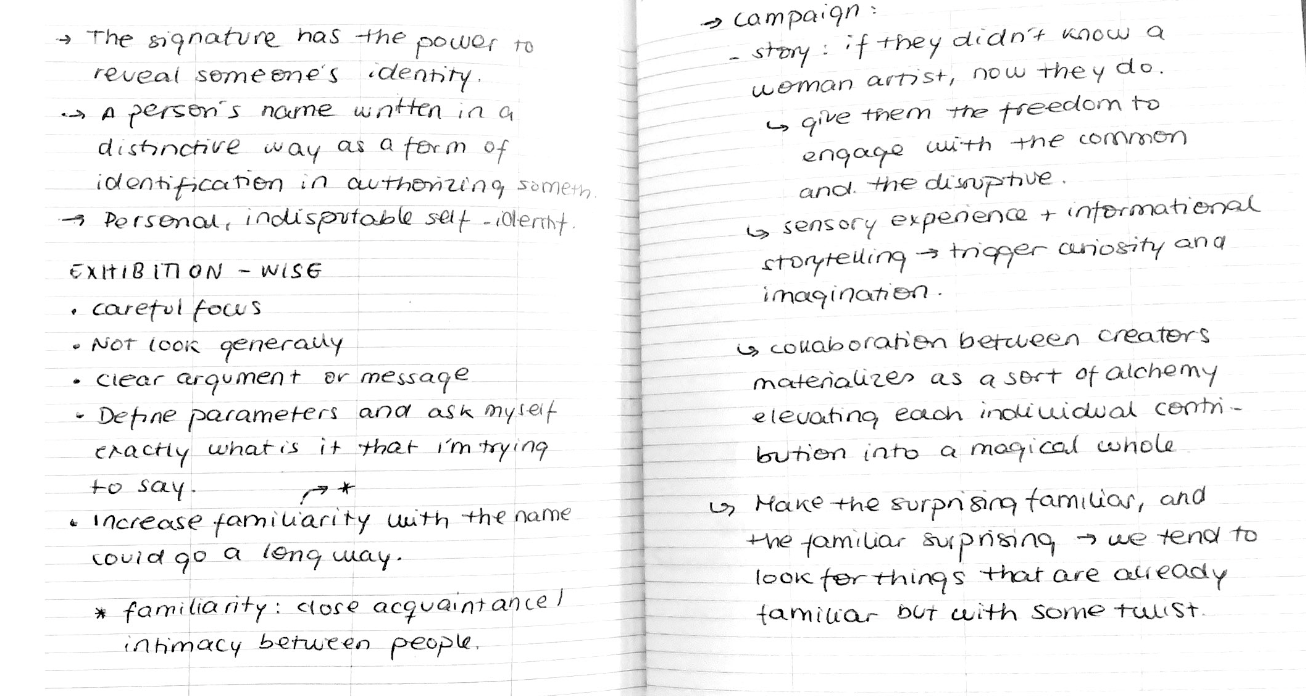




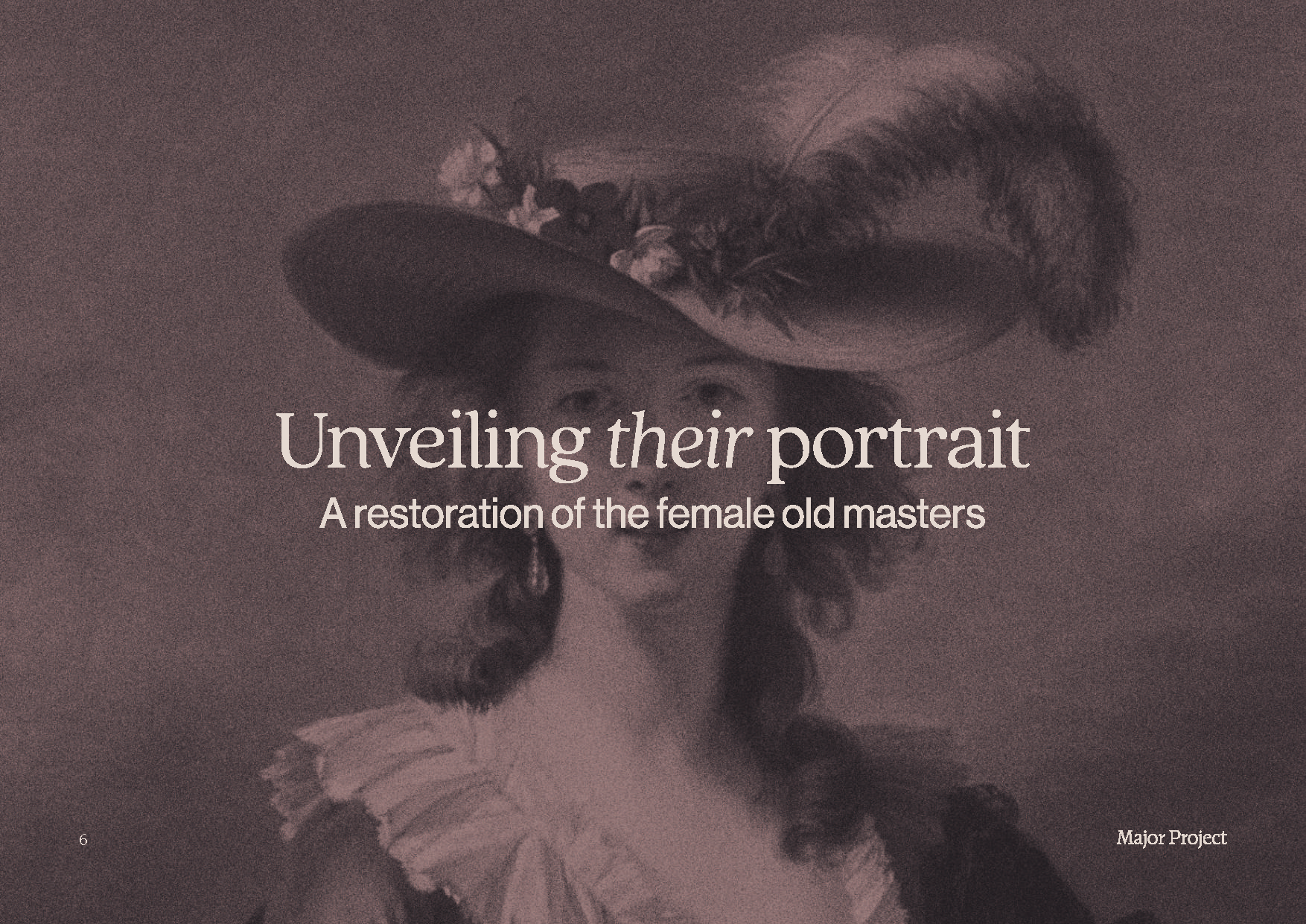
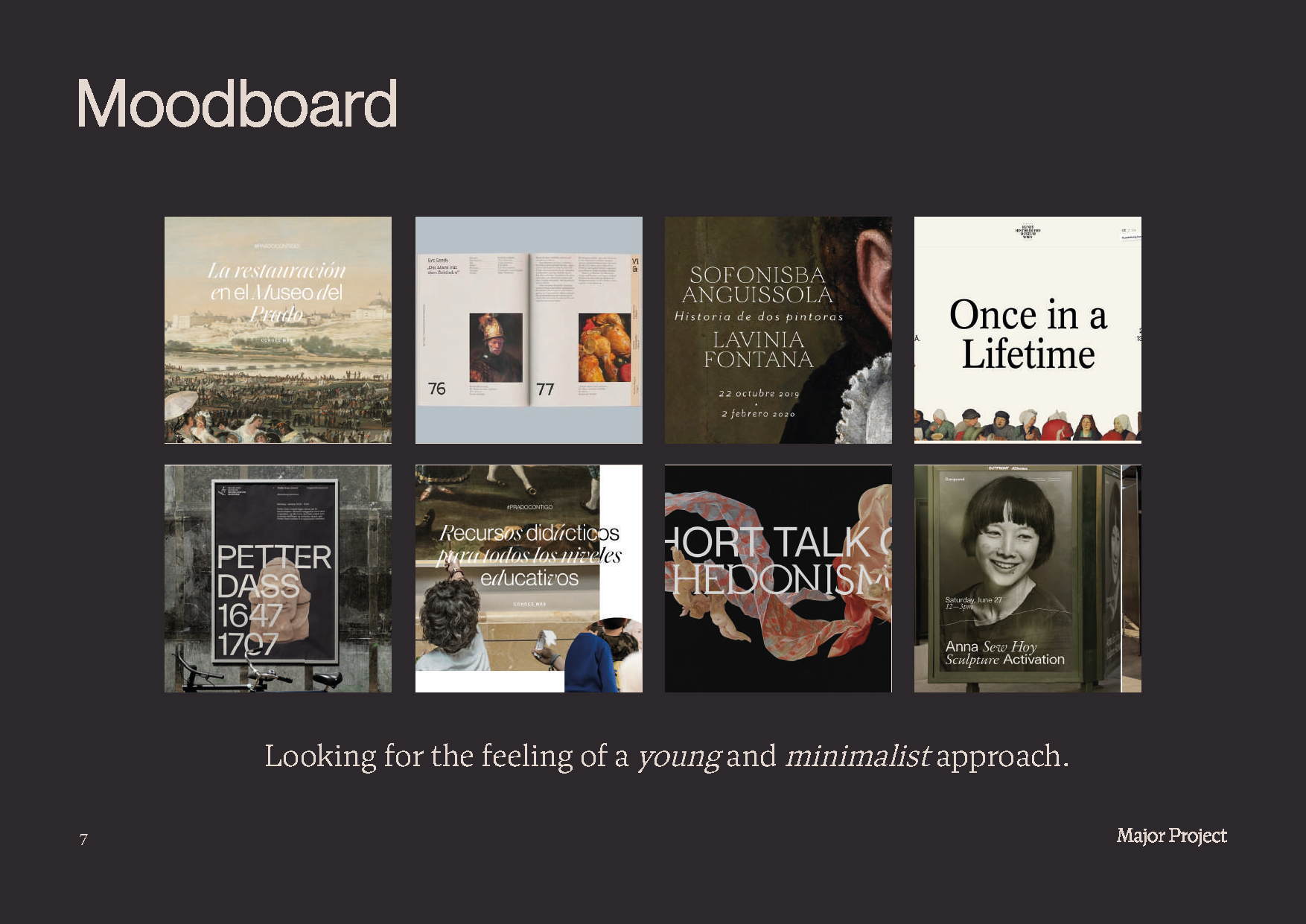
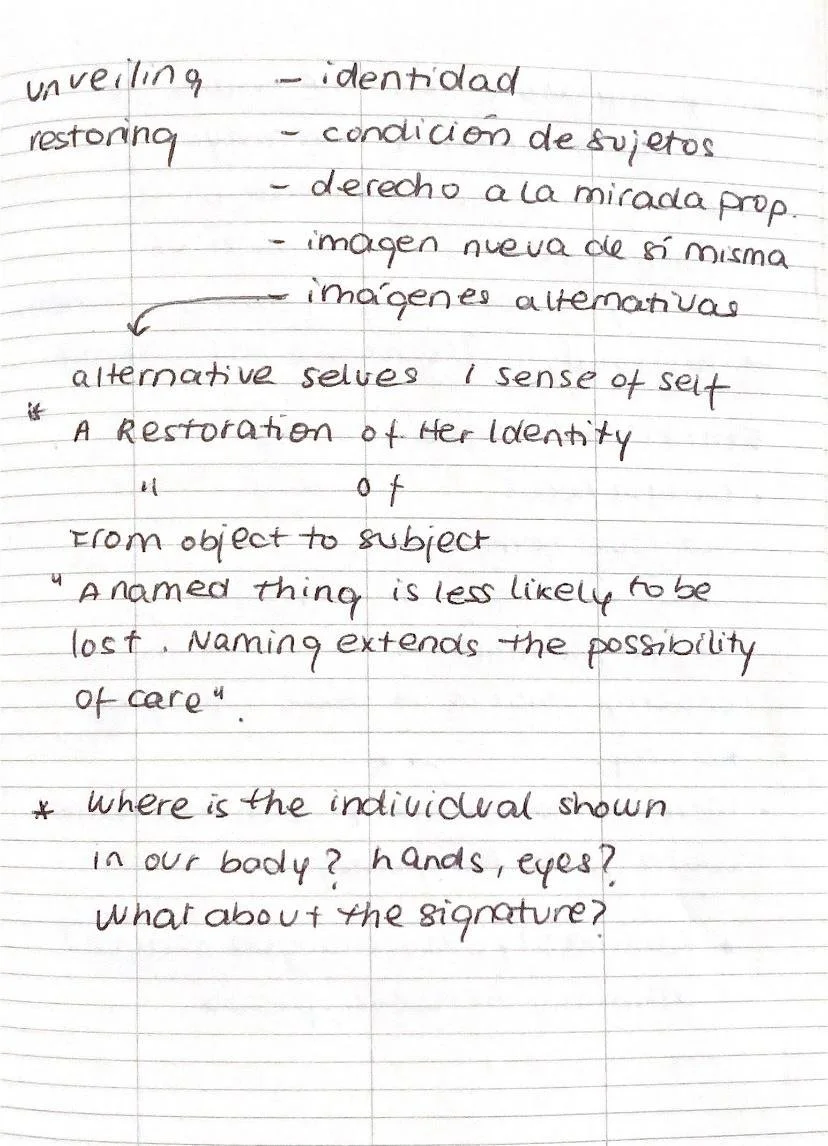




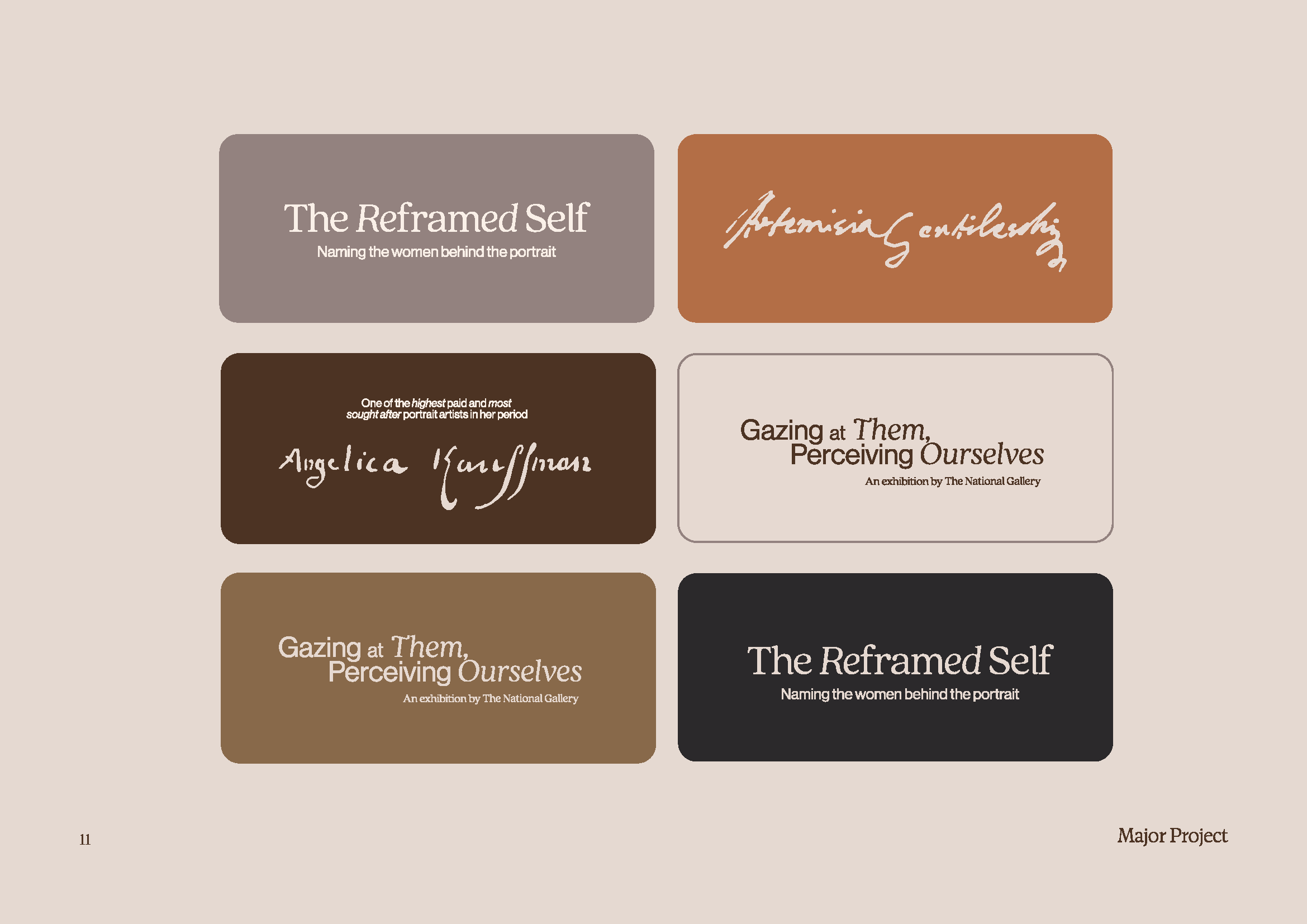
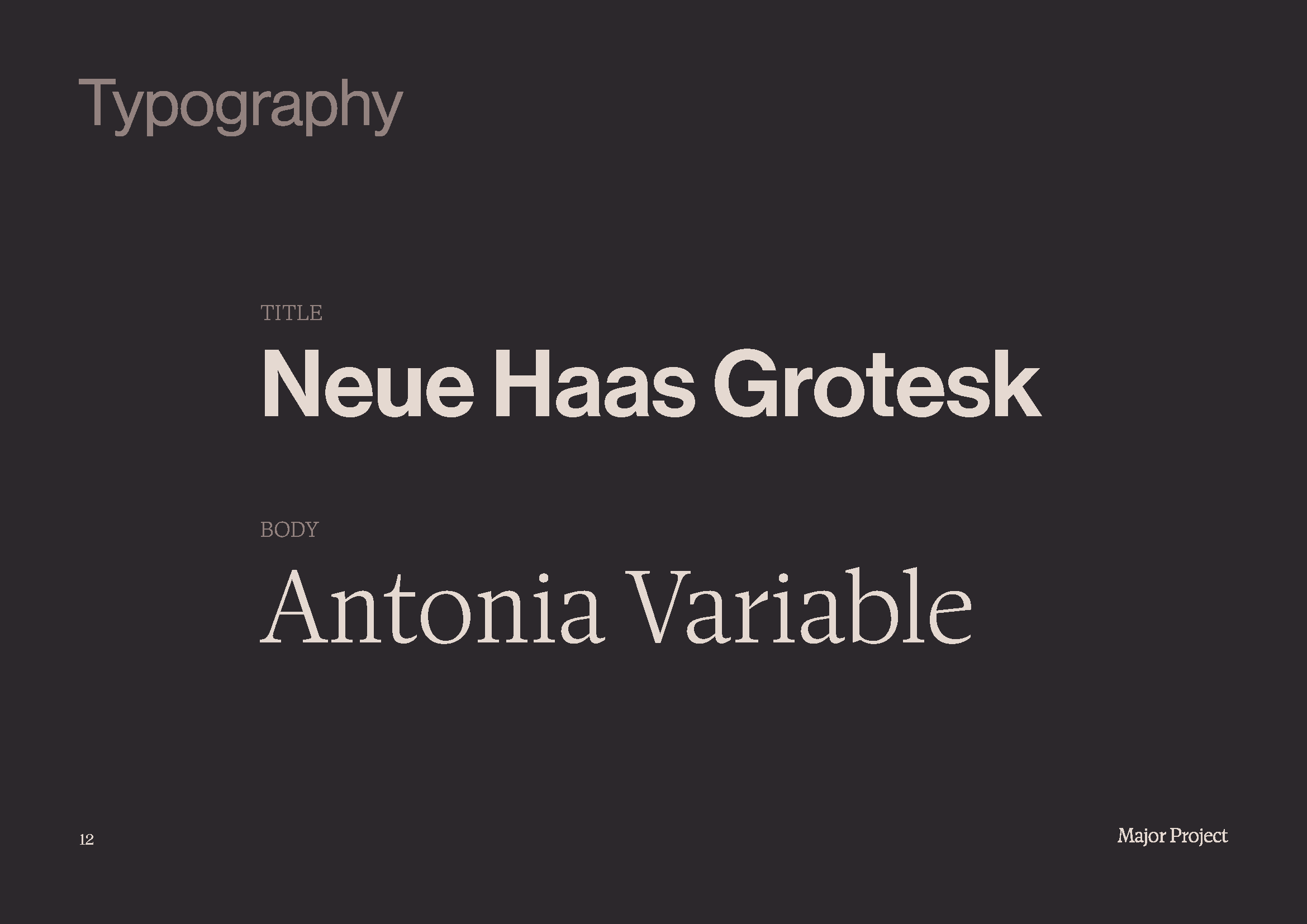




Between The Brackets: Outcome
“There isn’t anything inherently different about work created by artists of any particular gender - it’s more that society and its gatekeepers have always prioritised one group in history” (K. Hessel, 2022)